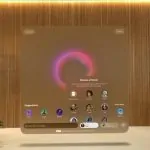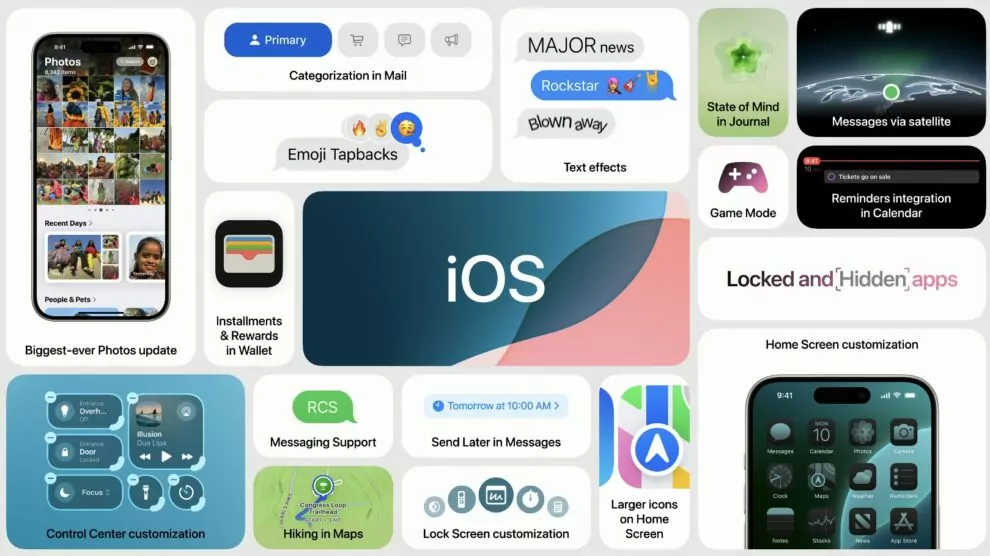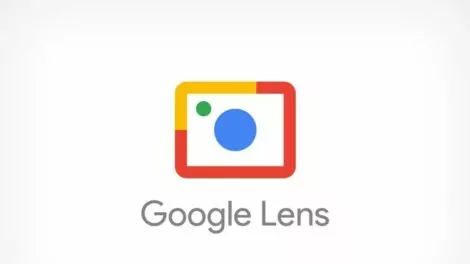In a significant development for cross-platform communication, an iOS 18 beta tester has successfully enabled RCS messaging on their iPhone. This marks the first glimpse of RCS functionality within the iPhone messaging app, a feature that has been long-awaited by Android users who frequently communicate with iPhone users.

Current Functionality and Limitations
While the implementation of RCS on iPhone is still under development, the beta tester reported that file transfer and group chats appear to be working well. This is a promising sign for the future of RCS on iOS, as these features have been notably absent from iPhone-to-Android communication in the past.
However, there are some limitations to the current implementation. End-to-end encryption (E2EE), a crucial security feature on Android messages, is not yet supported between iPhones and Android devices. This means that messages sent between the two platforms may not have the same level of privacy and security as messages sent between two Android devices with RCS enabled.
Additionally, iPhone users reportedly cannot see read receipts within group chats, and read receipts sent by Android users might not be visible to iPhone users either. These issues will likely be addressed as the development of RCS on iPhone progresses.
Carrier Support and Future Outlook
As of now, RCS support on iPhone with iOS 18 is limited to users on AT&T and T-Mobile networks. It is unclear whether this will change with the official launch of iOS 18, but it is possible that support will expand to other carriers in the future.
Despite the current limitations, the introduction of RCS on iPhone is a positive development for cross-platform communication. The ability for iPhone users to experience features like file transfer and improved group chat functionality in messages is a significant step forward in bridging the gap between Android and iOS messaging experiences.
The Importance of RCS for Cross-Platform Communication
RCS, or Rich Communication Services, is a protocol that aims to enhance the traditional SMS experience with features like high-resolution photo sharing, read receipts, and improved group chat functionality. While Android users have had access to RCS for some time, iPhone users have been limited to using iMessage or third-party apps for these features.
The introduction of RCS on iPhone will not only improve the messaging experience for iPhone users but also facilitate more seamless communication between iPhone and Android users. As more people rely on messaging apps for both personal and professional communication, the ability to send high-quality media and participate in feature-rich group chats across platforms becomes increasingly important.
Conclusion
The early look at RCS messaging on iPhone with iOS 18 is an exciting development for users of both platforms. While there are some limitations to the current implementation, such as the lack of end-to-end encryption and issues with read receipts, the fact that file transfer and group chats are working well is a promising sign for the future of RCS on iOS.
As the development of RCS on iPhone progresses, it will be interesting to see how Apple addresses these limitations and whether carrier support expands beyond AT&T and T-Mobile. Regardless, the introduction of RCS on iPhone is a significant step towards more seamless and feature-rich communication between iPhone and Android users.










Add Comment